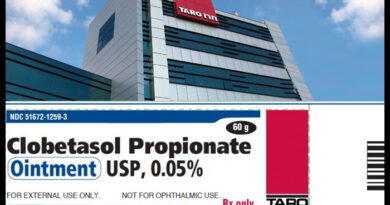Australia's economy expands at brisk pace in fourth quarter
- Australia's economy expanded at a much faster-than-expected pace in the final quarter of last year, official data showed on Wednesday.
- The fourth-quarter expansion was driven by household consumption as services spending rebounded.
- Annual output still shrank 1.1%, underscoring the havoc wreaked by the coronavirus pandemic and suggesting policy support will still be needed for the economy.
Australia's economy expanded at a much faster-than-expected pace in the final quarter of last year and all signs are that 2021 has started on a firm footing too helped by massive monetary and fiscal stimulus.
The economy accelerated 3.1% in the three months to December, data from the Australian Bureau of Statistics (ABS) showed. Economists in a Reuters poll forecast a 2.5% rise following an upwardly revised 3.4% gain in the third quarter.
Despite the best ever back-to-back quarters of growth, annual output still shrank 1.1%, underscoring the havoc wreaked by the coronavirus pandemic and suggesting policy support will still be needed for the A$2 trillion ($1.57 trillion) economy.
The Australian dollar rose about 10 pips to a day's high of $0.7836 after the data while bond futures nudged lower with the three-year contract implying an yield of around 0.3% compared with the official cash rate of 0.1%.
"The 'V-shaped' nature of the recovery is everywhere to see – economic growth, the job market, retail spending and the housing market," said Craig James, Sydney-based chief economist at CommSec.
"But the job is not done. The economy is still around 1% smaller than a year ago. Unemployment is still too high; inflation and wage growth are still too low."
James expects the economy to rebound 4.2% in 2021, led by stimulus and support measures.
Consumers are expected to drive growth in the current quarter with data on credit and debit card spending by major banks as well as official figures on retail sales, employment and building activity all staying strong.
Marcel Thieliant, economist at Capital Economics, expects GDP growth of 4.5% this year, "which implies that allowing for the slump in net migration due to the closure of the border, the economy will suffer no permanent drop in output as a result of the pandemic."
Much of Australia's economic success is thanks to very low community transmission of COVID-19 together with massive and timely fiscal and monetary stimulus.
The Reserve Bank of Australia (RBA) slashed interest rates three times last year to a record low 0.1% and launched an unprecedented quantitative easing program while the government announced a wage subsidy scheme to keep people in jobs. Banks deferred payments on home loans and cut borrowing rates to help boost credit growth.
On Tuesday, the RBA re-committed to keep three-year yields at 0.1% until its employment and inflation objectives are met, which policymakers don't expect until 2024 at the earliest.
Indeed, Wednesday's data showed there was barely any domestic-driven inflation in the economy with the biggest price rises coming from commodity exports.
The fourth-quarter expansion was driven by household consumption as services spending rebounded while private investment contributed 0.7 percentage points to growth with rises across housing and business spending.
Favorable weather conditions led to a strong increase in agricultural production, the ABS said.
Source: Read Full Article


